Haircuts & Hair Styles
Taper vs. Fade: Which Haircut Style Suits You Best?
Are you looking to get a new haircut soon?
Tapers and Fades are great options for you to explore. These haircut styles are usually common haircut options because of their versatility. They can be paired with other styles to create a more unique look.
Tapers and Fades are similar, they look the same at a glance. Both haircut styles involve cutting the hair at the back and sides shorter than the hair in front. The big question is: how do you know if a Taper or a Fade works best for you?
However, the taper and fade are similar haircuts that complement almost any hair type and face shape. They are still different in a variety of ways. In this article, we will show you the difference between these two haircuts and how to choose which one works for you.
What is a Taper Haircut?
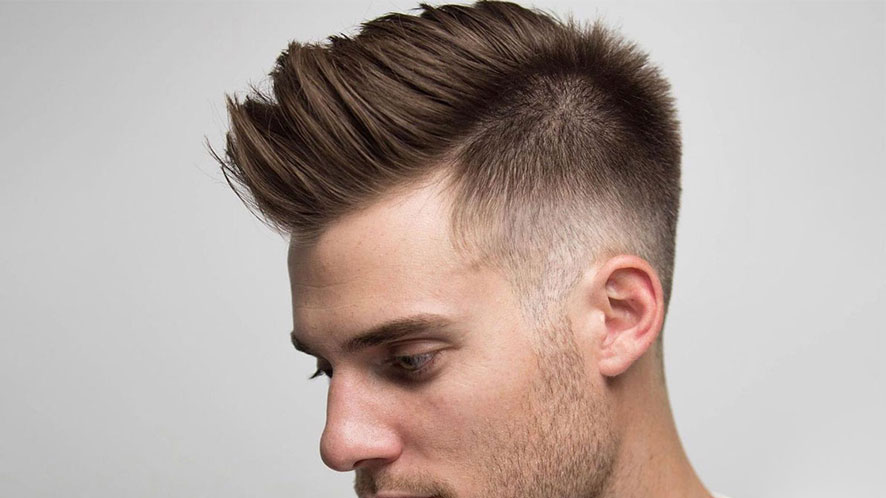
A taper is a common haircut style that gradually blends the hair from high to low. For this haircut style, the hair gradually gets lower/shorter as you move down and sideways towards the hairline, around the ear, and the back of the head.
The transition from high to low cut for this haircut style is seamless. The smooth transition gives the wearer a polished look. There is a one-size-fits-all taper haircut style because it comes in different lengths and styles.
While you notice a subtle transition from high to low cut on some tapers, others have a more sharp transition. That said, let’s help you identify a taper cut by looking at its characteristics.
How to Identify a Taper Cut (Key Features)
a. Subtle Length Change
The hair slowly changes length as it progresses from the top to the bottom and sides. The top has the longest hair and the shortest hair is on the sides/hairlines.
b. Smooth / Blended Transition
The blend for the taper haircut is usually smooth. Even if you notice that the hair gets shorter as it progresses downwards, you can’t tell where the difference starts from at a glance.
c. Clean Finish
The subtle length change and smooth transition always help people achieve a clean look when wearing a taper. The cleanliness of this look makes it ideal for different personalities and occasions.
Types of Taper Haircut Styles
Let’s take a look at the different types of the taper haircut.
1. Low Taper
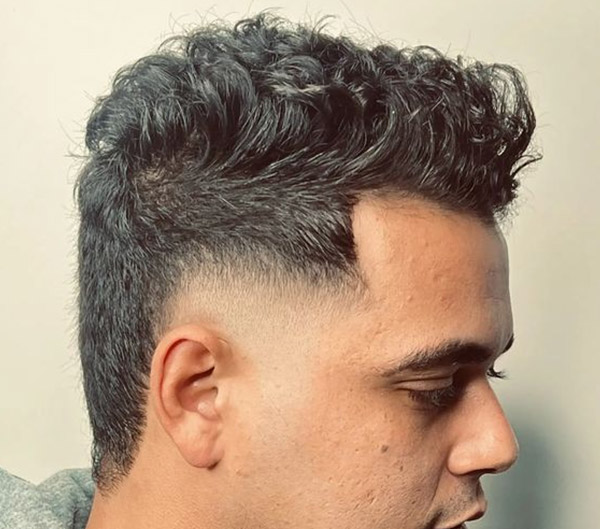
The low taper haircut style starts on the lower part of the head hence the name. For this style, the taper starts just above the ears and slowly reduces in length as it progresses down towards the neckline.
This haircut style allows for more hair around your hairline. If you are looking to try a new haircut without letting go of too much hair, then the low taper is a great option.
2. Mid-Taper

A mid-taper is where the hair starts to get short around the temple area. This taper is between the high and low tapers and it begins halfway between the ears and the top of the head. This style creates a polished and balanced look.
3. High Taper
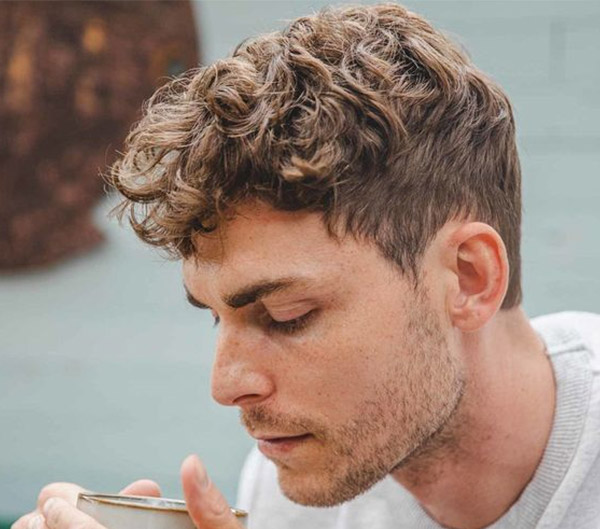
The high taper starts higher up in the head than the low and mid taper, the hair starts to taper at the forehead and crown of the head. This taper creates a more drastic contrast between the long and short hair.
If you love to wear tapers but want something more stylish, versatile, and edgy, then try out the high taper.
4. Skin Taper
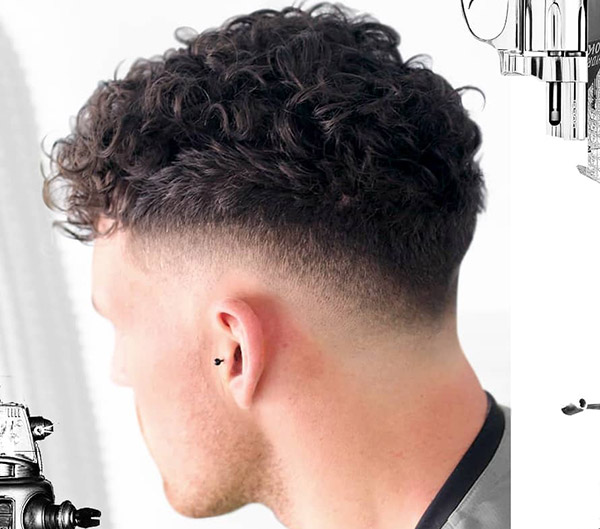
You have a skin taper when the taper fades into the skin. For this haircut style, you can get a glance of the scalp because the hair is cut low to the skin. The haircut style is very versatile because you can combine it with other styles even within the tapers group.
You can combine a skin taper and a high taper for a more unique style. Also, if you are looking for a haircut style that will not leave too much hair, then a skin taper works well.
5. Side-Part Taper

The hair is tapered on the sides and back of the head to give an asymmetrical look. This haircut style combines the traditional side-part style with tapers. The side part gives the tapers a unique appearance. If you are looking to create a brand around your haircut style, then the side-part taper is a good option.
6. Undercut Taper
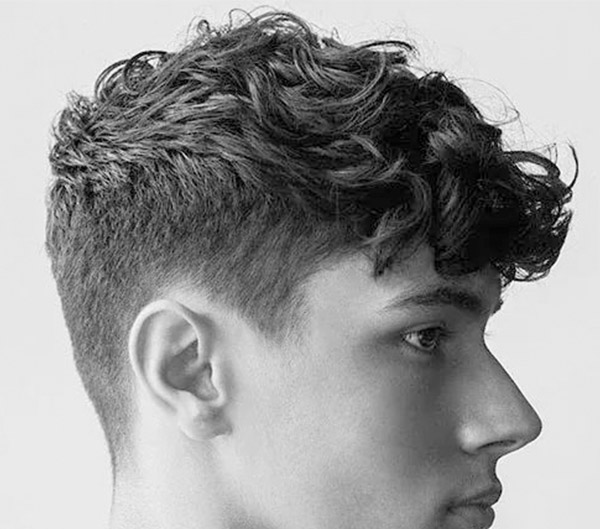
The undercut taper features a taper on the top of the head in combination with an undercut. This haircut style creates a sharp contrast between the long hair at the top and the short buzzed cut at the sides and back of the head.
The taper undercut is different from the regular undercut because it gives a smooth transition from long to short hair for a cleaner and more polished look.
7. Neckline Taper
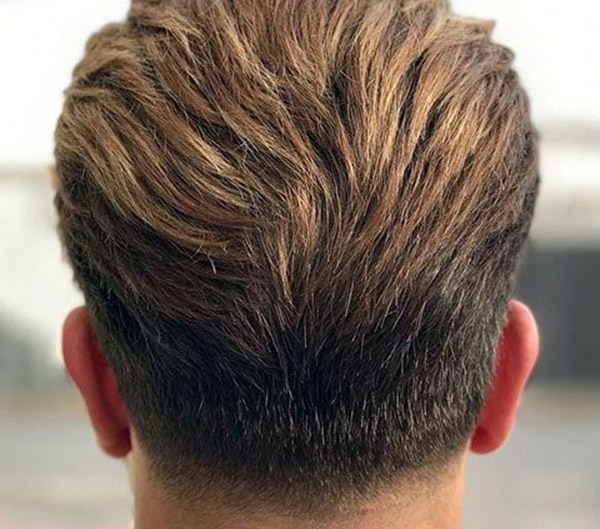
This is when the hair is tapered around the neckline area. This haircut style slowly shortens hair from the back of the neck upwards. If you want a clean cut around your neckline area, then this is a good try.
What is a Fade Haircut?
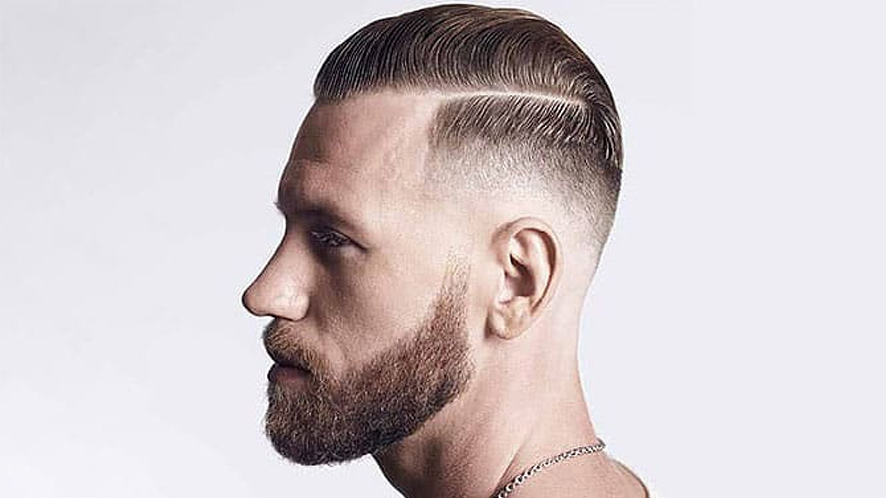
The Fade haircut is also a popular haircut style where the hair gradually reduces in length from high to low until it reaches the skin. Although the hair goes from high to low, it is different from the tapers.
The fade gives a more drastic transition from long hair to short hair. The fade haircut style looks more like a gradient, as you see the hair gradually fade until it reaches the skin (around the ears and back of the head.)
Let’s take a look at some features of the fade haircut style.
How to Identify a Fade Haircut (key features)?
a. Sharp Gradient-Like Appearance
The hair fades from high to low, and further down to the skin in a gradient-like manner. At a glance, you can see the sharp contrast. When you move closer, you can see the smooth progression.
b. Neat Lines
For a fade haircut style, you can notice the line difference between the parts with hair and the parts with no hair. The line shows the contrast which gives the haircut style a clean and unique appearance.
Aside from the features, there are different types of fade haircut styles. Let’s take a look at them.
1. Low Fade

The Low Fade starts above the ear and hairline. This haircut style is similar to the Low Taper, but the sharp contrast between hair length is what makes it different. This haircut style adds flare to other haircut styles like the Buzz Cut and Pompadour.
2. Mid Fade
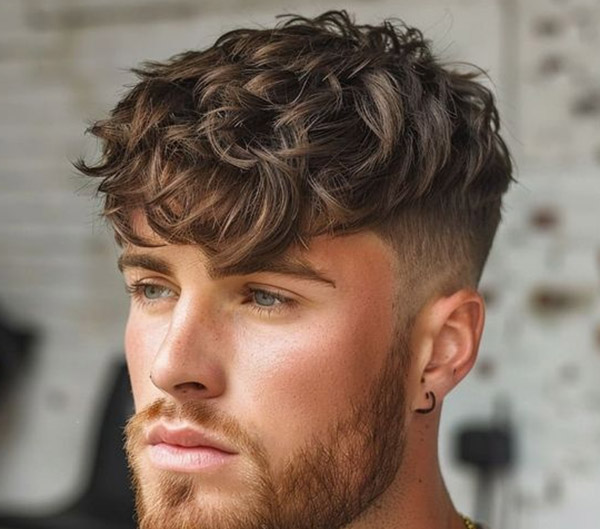
The Mid-Fade haircut typically starts around the temple area, in between the forehead and the ear area. This haircut style gives a clean and polished look.
3. High Fade

The fade starts around the forehead and the crown area. The hair gets shorter a couple of inches above the ears and fades into the skin. This haircut style gives room for the barber to incorporate other styles and designs.
4. Skin Fade
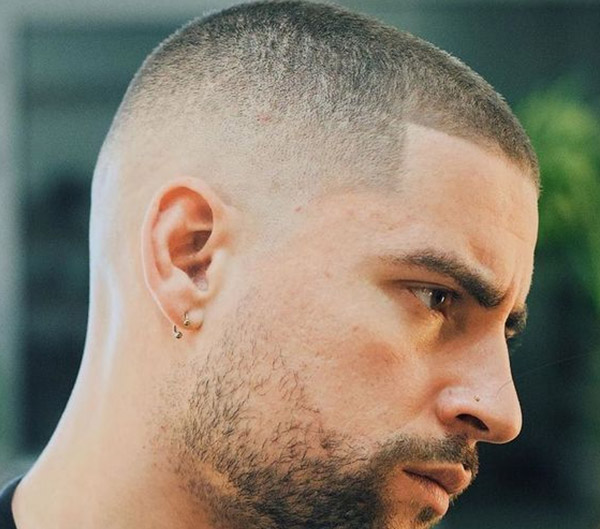
The Skin Fade is commonly known as the Bald Fade. For this haircut style, the hair is shaved close to the skin and creates a clean shaved look at the base of the head.
5. Drop Fade
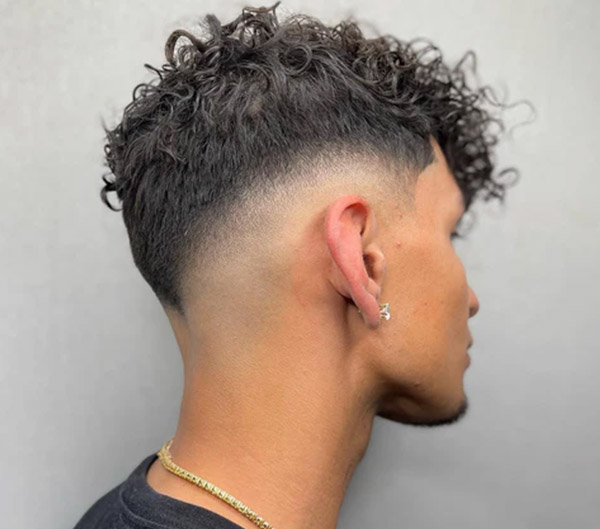
The Drop Fade creates a gradient around the ear and then gradually follows the natural shape and curve of the head. This fade drops below the ears giving a curved effect.
6. Burst Fade
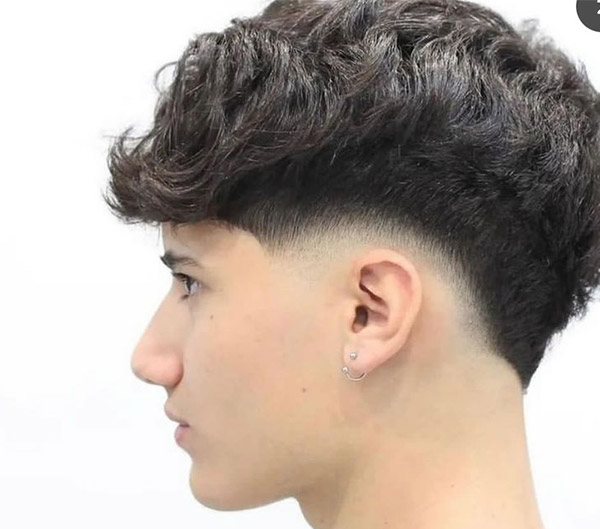
The fade is concentrated around the ears, creating a curved line around the shape of the head. This haircut style gives a burst appearance by leaving more hair above the fade area.
7. Temple Fade
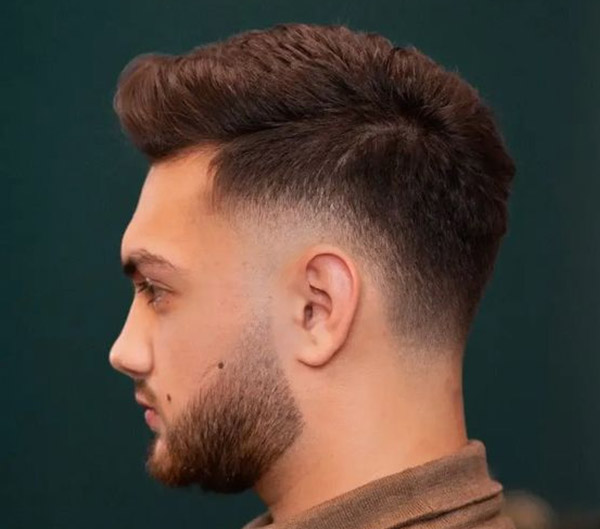
The Temple Fade is concentrated around the temple area of the head. This leaves the other areas of the head longer.
Difference Between a Taper and Fade
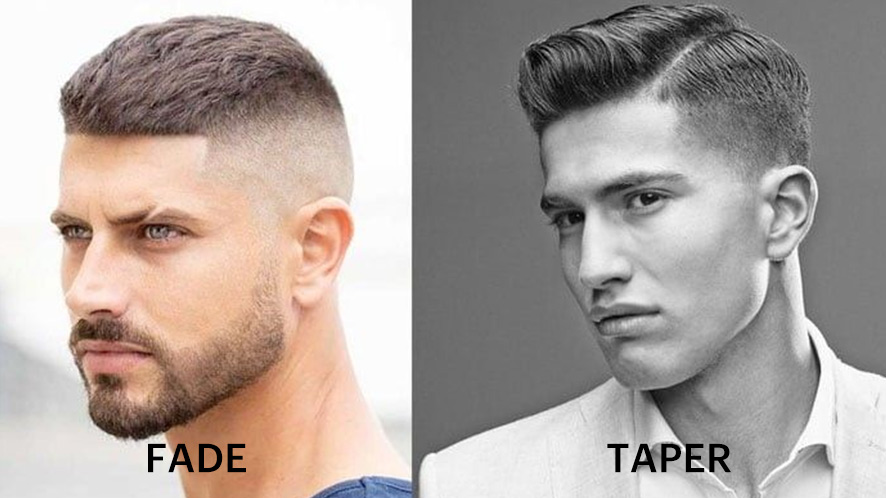
The Taper and the Fade haircut are similar but vary in some ways. The major difference lies in the contrast and transition, styling options, and maintenance. Let’s look at these in detail.
a. Contrast and Transition
Contrast and transition are the major markers and differences between the Taper and Fade haircut. Transition talks about the movement from long to short hair and contrast shows the difference between the areas with long hair and those with short hair.
Taper Haircut
The contrast between the long hair and short hair is subtle and smooth, as you won’t notice the difference between the tapered and non-tapered areas. This results in a clean and natural-looking blend without a sharp difference.
The transition is smooth and results in a clean glide. The change in hair length is less drastic.
Fade Haircut
The contrast for the fade haircut is more drastic and sharp, which makes the difference in hair length more defined and obvious.
The transition is quick and drastic and creates a sharp gradient.
b. Styling Options
The styling options refer to how adaptable the haircut style is with other styles and how a person can incorporate their personality into a style.
Taper Haircut
This hairstyle provides a polished and conservative look that makes it adaptable to different settings (both formal and informal).
This versatile haircut style gives more styling options because you can combine it with other haircut styles like Quiffs, Pompadour, Crew Cut, etc.
Fade Haircut
Fade haircut emphasizes contrast, which allows the flexibility to explore trendy haircut styles.
The Fade haircut style creates great options and complements haircut styles like the Undercut, Crop, and High Tops.
c. Maintenance
Maintenance refers to how often you will visit the salon to keep the hairstyle fresh. It also refers to how many hours you will spend grooming and the amount of hair products you will have to buy.
Let’s see the difference between these two hairstyles.
Taper Haircut
This haircut requires fewer visits to the barber shop as the gradual transition allows for a less noticeable grow-out phase.
The Taper haircut is easier to maintain at home, which makes it ideal if you prefer a low-maintenance haircut.
Fade Haircut
The Fade haircut requires a more touch-up, especially if your hair grows fast to keep a clean and crisp appearance with a sharp contrast. This means you will have to visit the barber more often.
The sharp contrast between the long and short hair areas requires more maintenance than the Taper. This is a good option if you are willing to invest time into maintaining your haircut.
Choosing Between a Taper and a Fade
The Taper and Fade are both versatile and great hairstyle options that look great on almost anyone. Nonetheless, either of the two haircut styles looks better on some people considering a variety of factors. The following conditions will help you know whether a Taper or a Fade will work best for you.
Hair Type
While both haircuts work great for different hair textures, some hair textures just make each of the haircut styles pop.
While the Fade haircut looks better on thick hair like the type 4 hair texture because of the sharp contrast, the Taper is better for those with straight hair like type 1 hair. It gives an illusion of volume.
The Shape of Your Face and Head
The shape of your face is also a great determiner when choosing any of these hairstyles. The Fade haircut seems to complement those with round and oval face shapes and round heads, while the Taper haircut fits people with square/ rectangle face shapes the most.
How to Choose a Taper or Fade without Cutting Hair
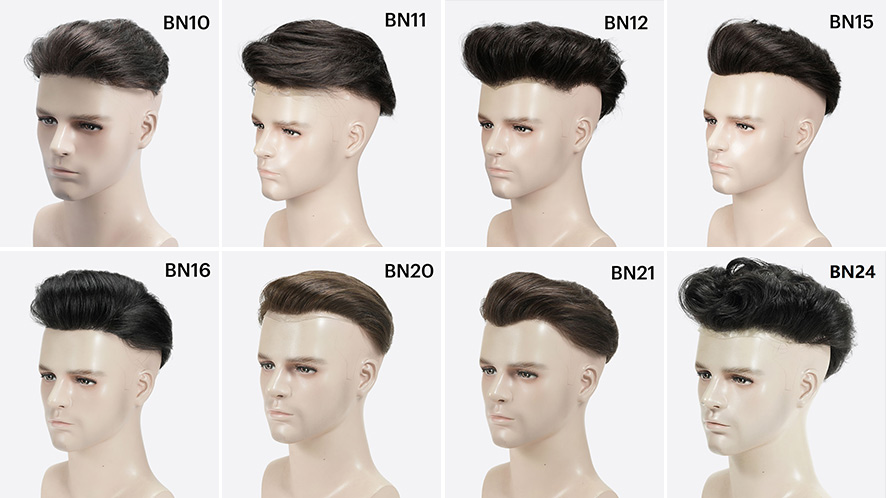
Looking at these haircut styles, you can tell that they look better on people with full hairlines. The big question is: how do you wear these haircut styles if you are balding or have a receding hairline?
The answer is simple. Get a high-quality hair system for men to complement your natural hair. Hairpieces like toupees and wigs allow you to rock these haircuts without a limitation, whether you want to wear a Taper or a Fade.
You don’t need to ask where you can get it. Bono Hair is here for you. Get access to high-quality toupees that make you look and feel your best without hindrance.
Conclusion
Choosing between a Taper and a Fade haircut depends on your style preferences and lifestyle needs. Whether you prefer the subtle clean look of a Taper or the striking boldness of a Fade, both haircuts can be tailored to enhance your overall look.










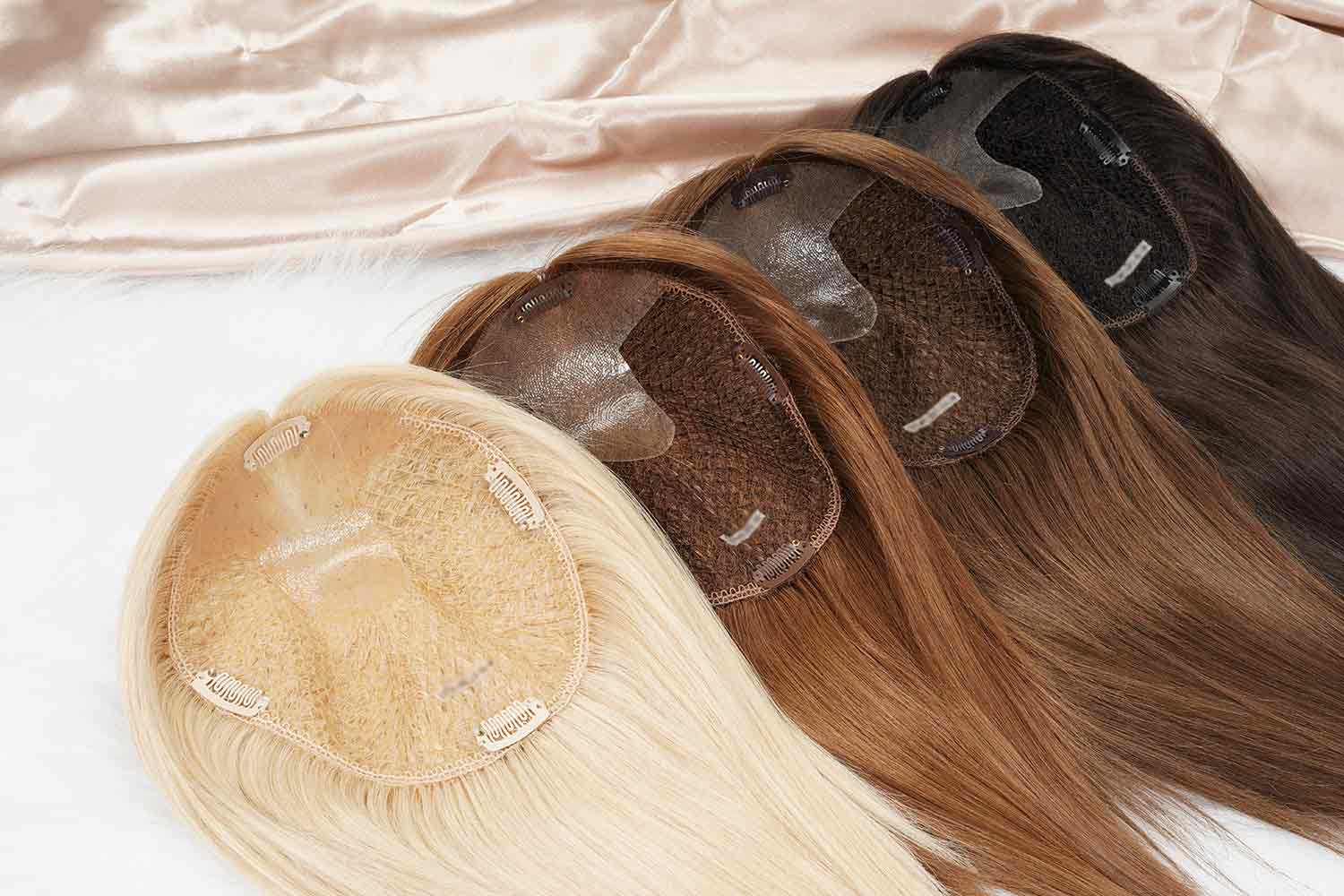
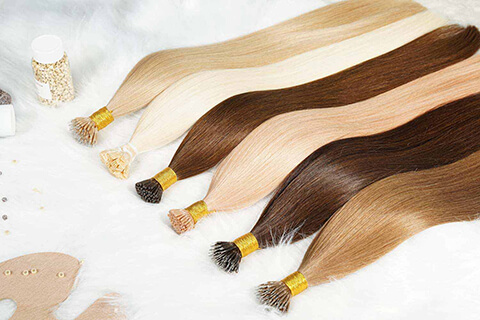

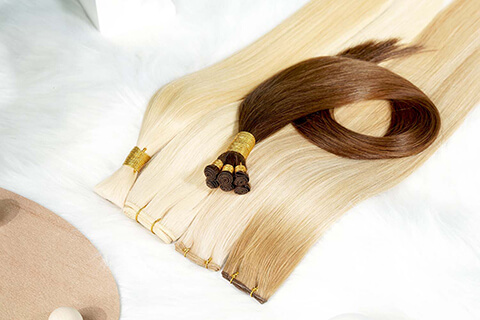
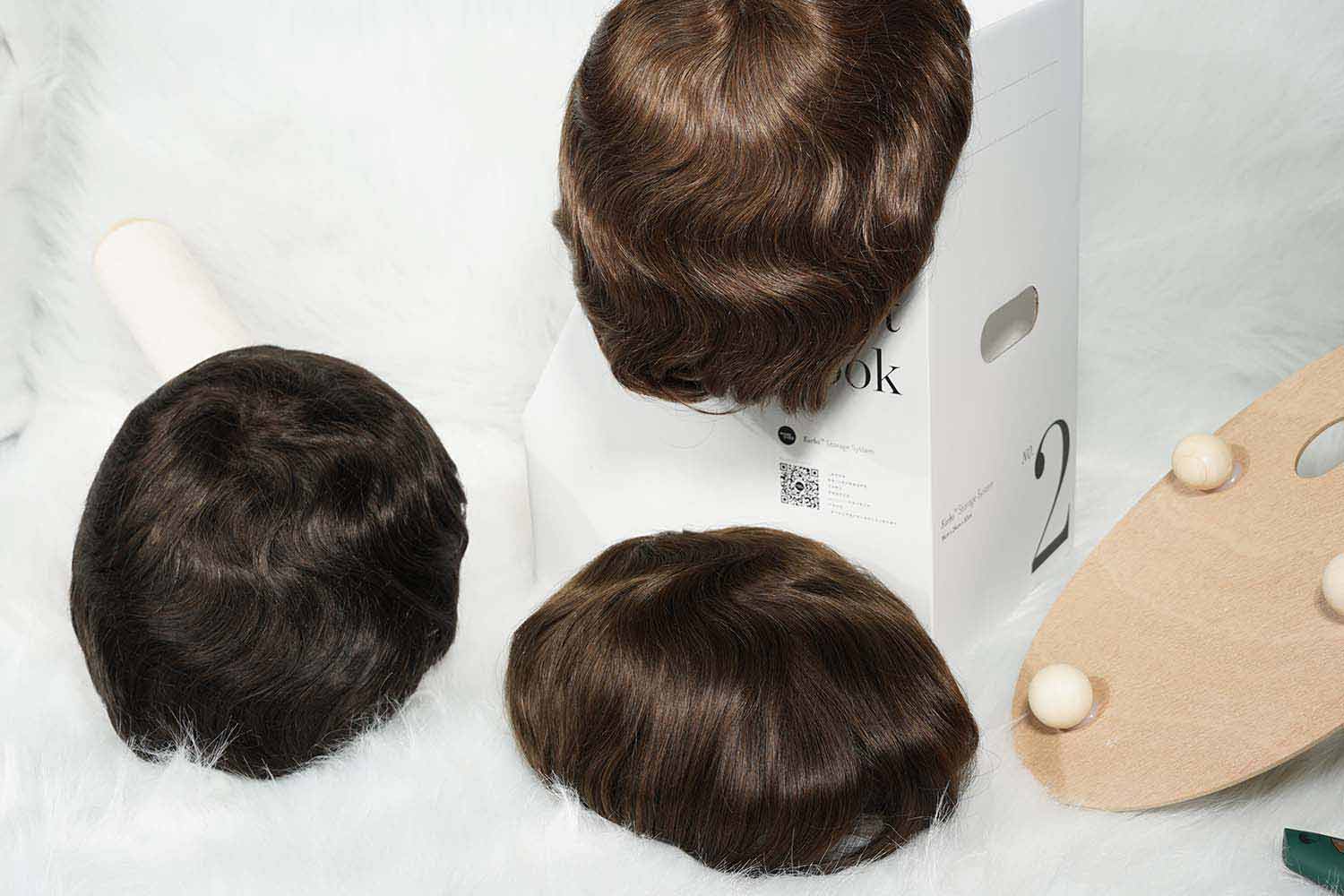
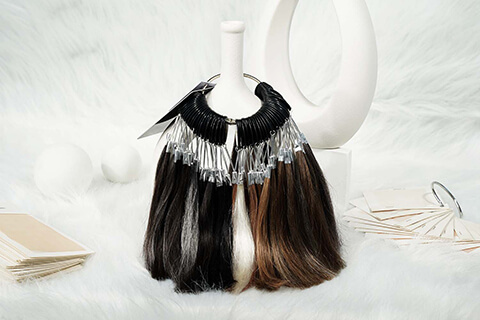
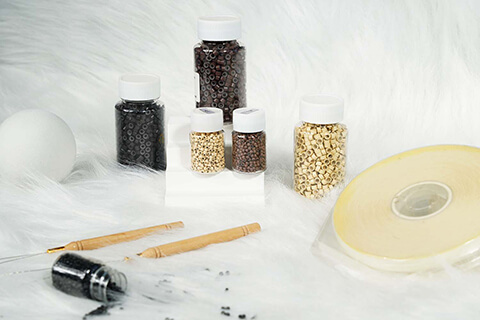

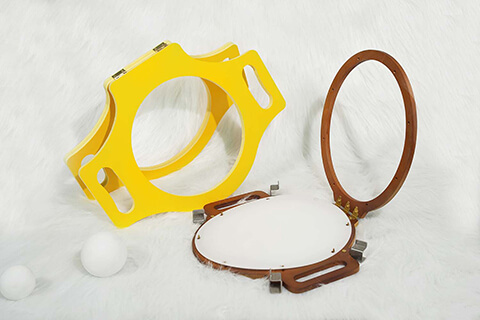


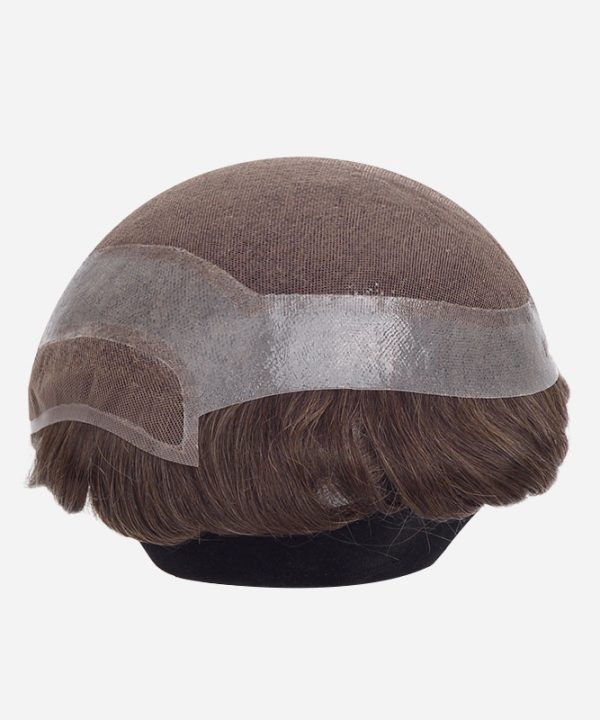
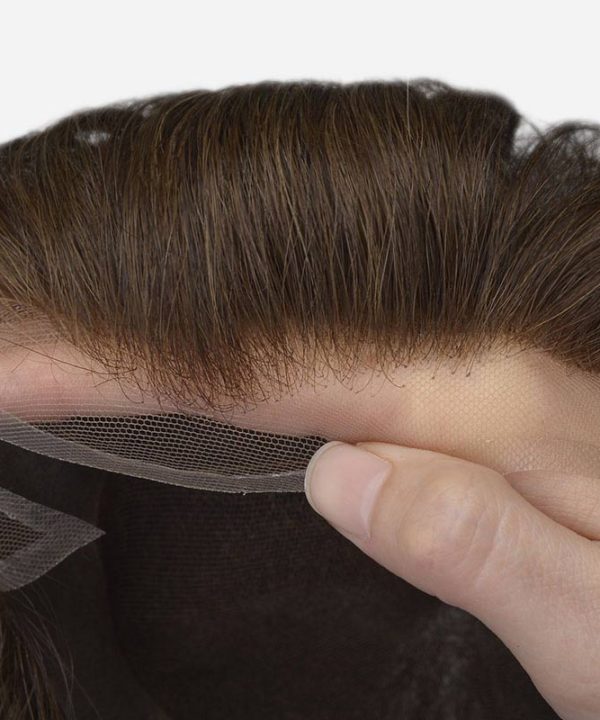
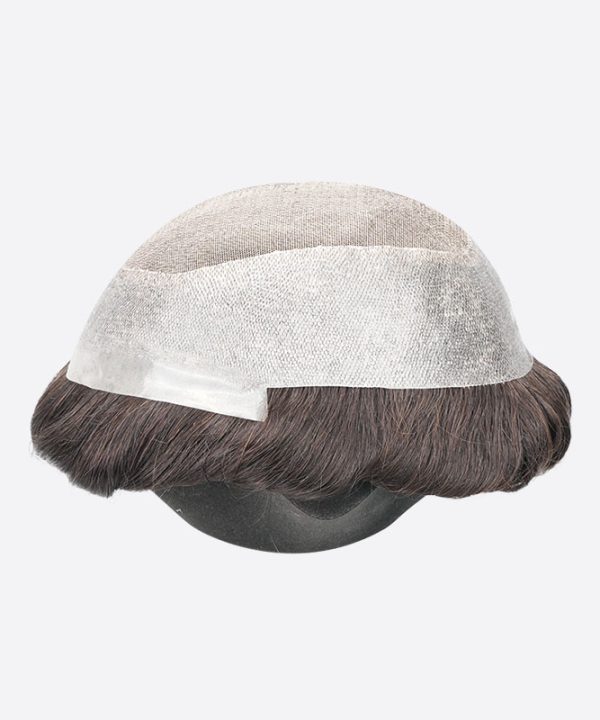
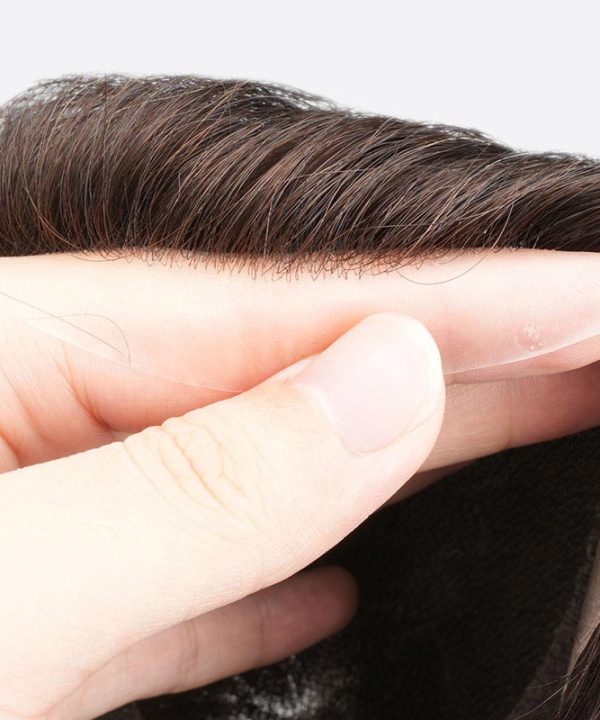




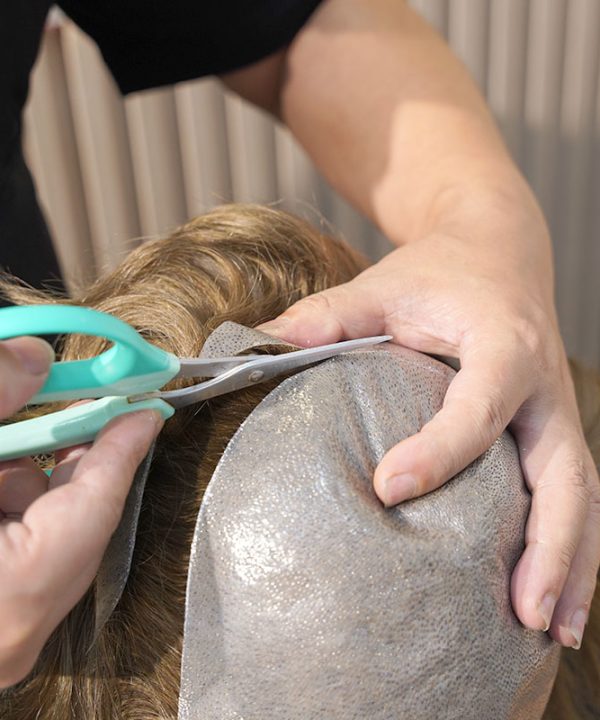

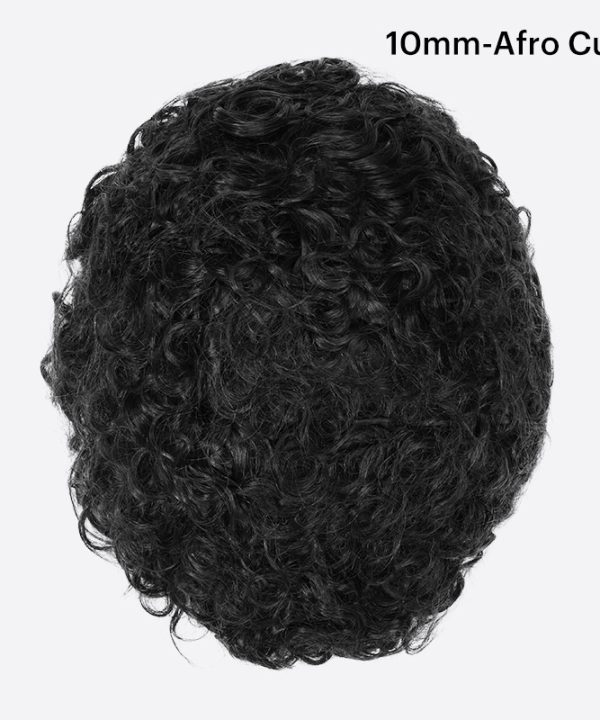

As a barbershop owner, I found this article really helpful in breaking down the differences between tapers and fades – it’s something we get asked about a lot! It’s great that they highlighted how both styles can work for a variety of hair types and face shapes. From my experience, the maintenance part is key for clients to consider. If they’re the type who likes to visit often for a fresh cut, then a fade is perfect, but for someone who wants less upkeep, a taper might be a better fit. And the tip about hair systems for those with thinning hair? That’s a valuable suggestion to offer clients who might feel limited in their style choices.
When deciding between a taper and a fade, it’s really about your personal style. As a barber, I often recommend a taper for a clean, subtle look that works well in both work and casual settings. Fades, on the other hand, are great if you’re after something a bit bolder and trendier with more contrast. Both are super versatile and can be tailored to suit your face shape and hair type, so it comes down to how much maintenance you’re willing to put in and the kind of statement you want to make.